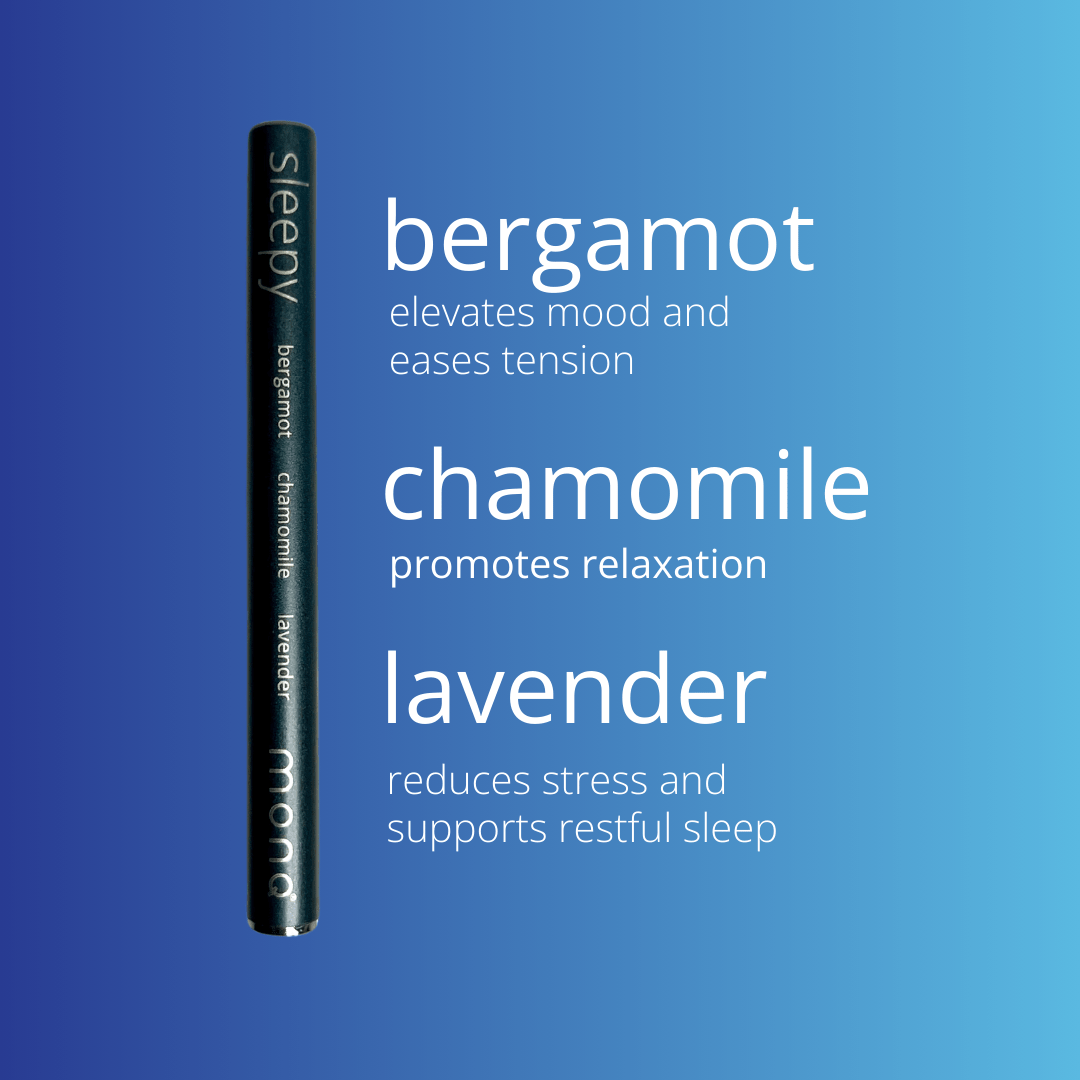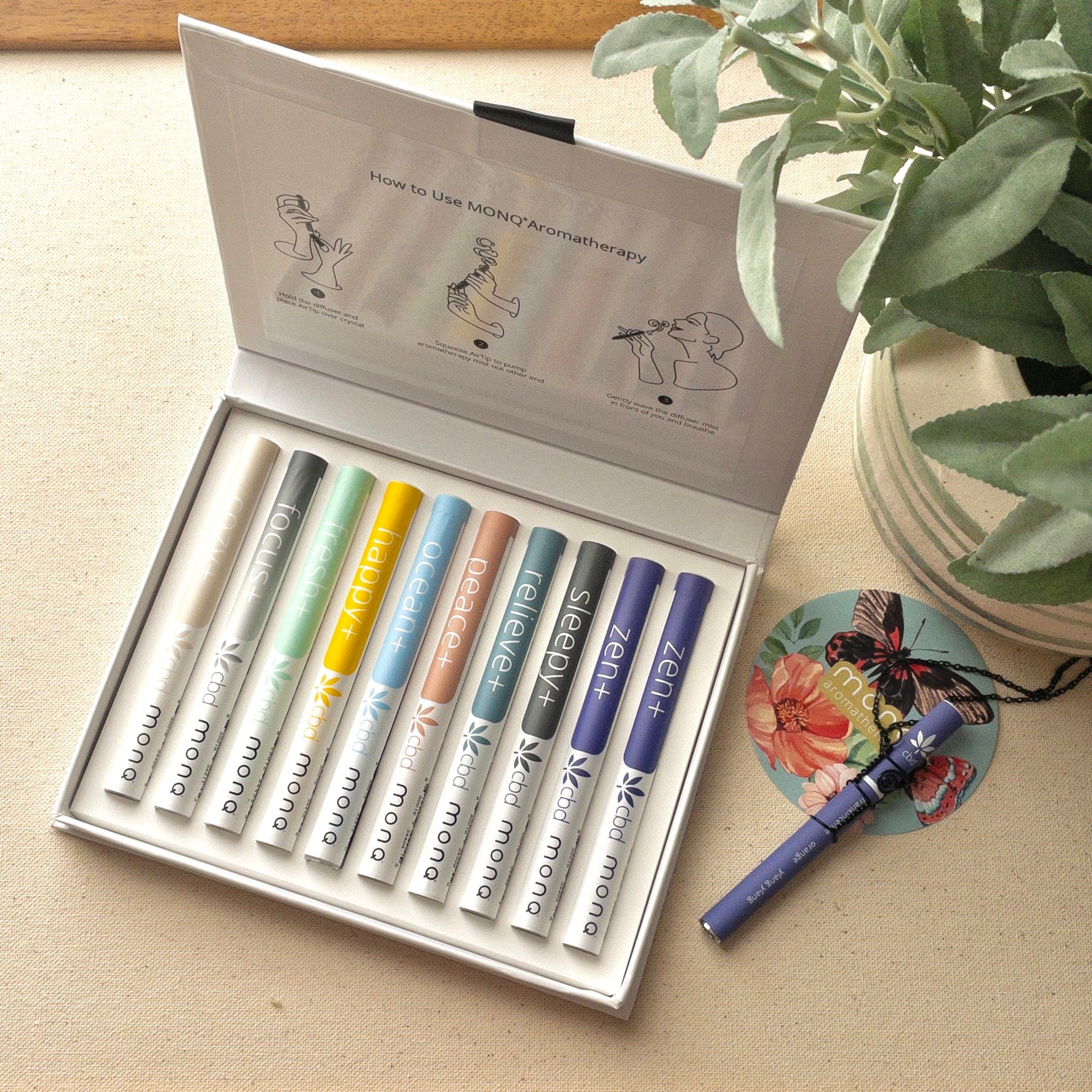Ancient Stones: Healing Traditions

In our fast-paced, modern era, there's a growing fascination with uncovering simpler solutions, deeper origins, and ancient wisdom. Delving into the past offers a treasure trove of tools to soothe, rejuvenate, and unveil our true selves. Understanding the historical journey of crystals and healing stones is key to unlocking their full potential in our lives today.
Let's embark on a journey through the history of these remarkable treasures.
Ancient Egypt:
The ancient Egyptians, with their rich legacy of art and artifacts, left behind evidence of their profound belief in the power of crystals and healing stones. They wielded chrysolite (known today as peridot or topaz) to ward off malevolent spirits and ease the torment of night terrors. Tombs adorned with amethyst, carnelian, emerald, and lapis lazuli showcased the belief in their ability to guide souls to the afterlife.
Ancient Japan:
Early Japanese culture revered quartz crystal spheres as tools for divination, much like they are cherished today. Legend spoke of quartz as being born from the breath of a white dragon, symbolizing perfection and foresight.
Ancient China:
Jade held an esteemed position in ancient China, valued not just for its beauty but for its purported ability to bring tranquility and protection, even immortality. Emperors adorned themselves with jade, believing it to safeguard their well-being, while the mythical Queen Hsi Wang Mu allegedly credited her longevity to a concoction of pounded jade and herbs.
Ancient India:
Ayurvedic tradition in India incorporated healing stones and gems into its practice, linking them to astrological charts to heal physical, mental, and spiritual ailments. Gem tinctures were crafted to counteract planetary influences, with each stone chosen for its color and purported properties.
Ancient Europe and North America:
Monolithic stone structures like Stonehenge in England and medicine wheels in North America stand as enigmatic testaments to ancient wisdom and practices. Though their precise purposes remain shrouded in mystery, they are believed to have served roles in healing, ceremony, and connection to the cosmos.
Throughout history, luminaries like Theophrastus and Pliny the Elder documented the healing properties of gems, while figures like St. Hildegard of Bingen attributed spiritual significance to stones in the midst of medieval herb lore.
From the sands of ancient Egypt to the forests of medieval Europe, crystals and healing stones have adorned humanity's journey with their timeless allure. Today, as we navigate the complexities of modern life, these ancient relics offer us solace, connection, and a tangible link to our collective past.
Embrace these wonders in your own journey, whether as adornments, tools for meditation, or symbols of reverence. Their beauty, resilience, and storied history hold the potential to infuse your world with unexpected energy and insight.









Leave a comment